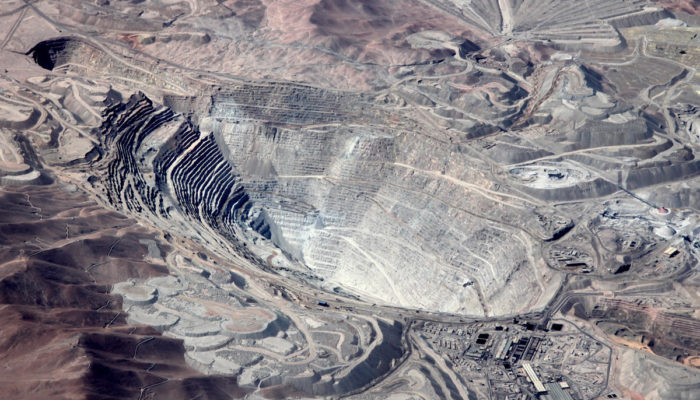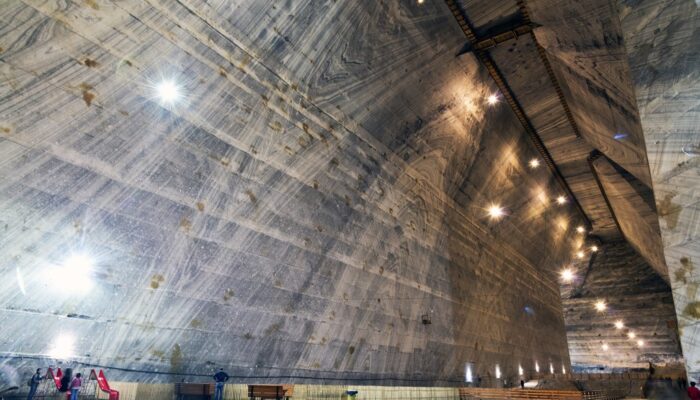Since the Iron age, the Apennine Ligurian mountains were exploited by several mines of manganese, flint and copper. All of them are now abandoned and preserve an amazing environment. They are saving archeological mining heritage and concealing deepest earth ‘s secrets. Photo by Matteo Del Soldato, as described on imaggeo.egu.eu. Imaggeo is the EGU’s online open access geosciences imag ...[Read More]
Imaggeo On Monday: Hidden treasures into the earth




